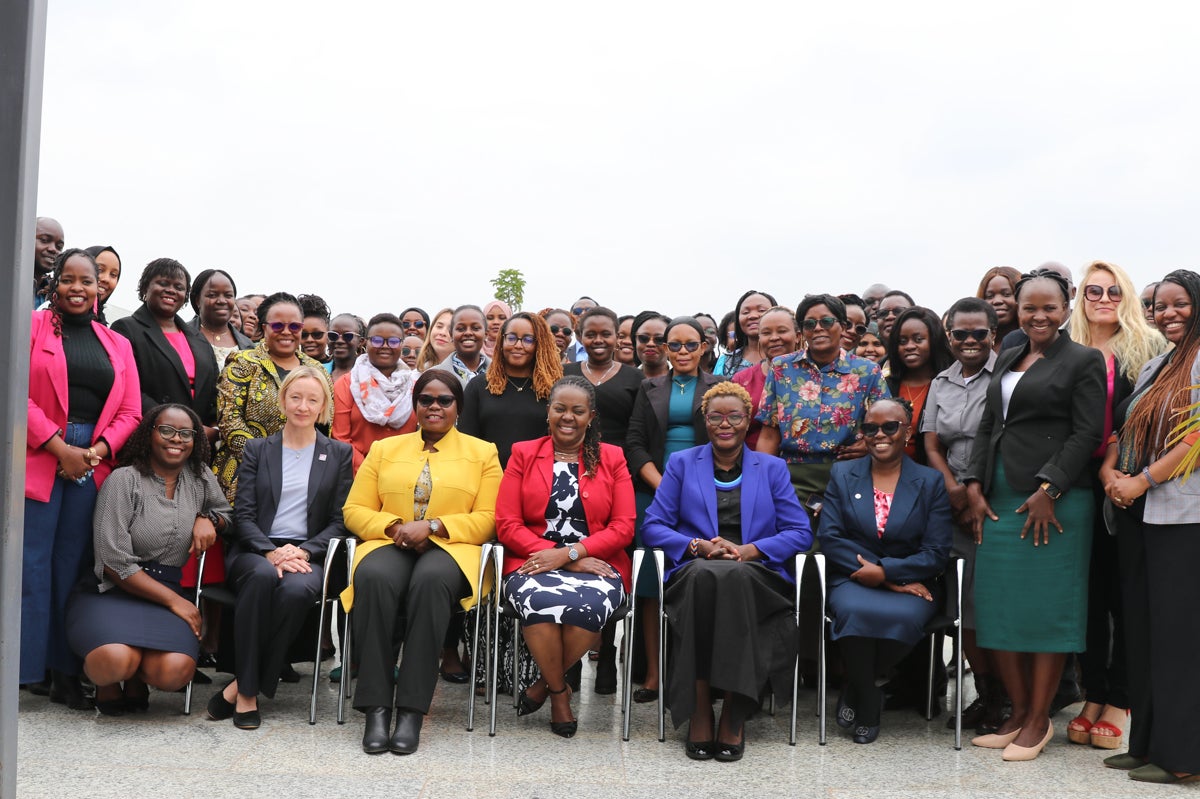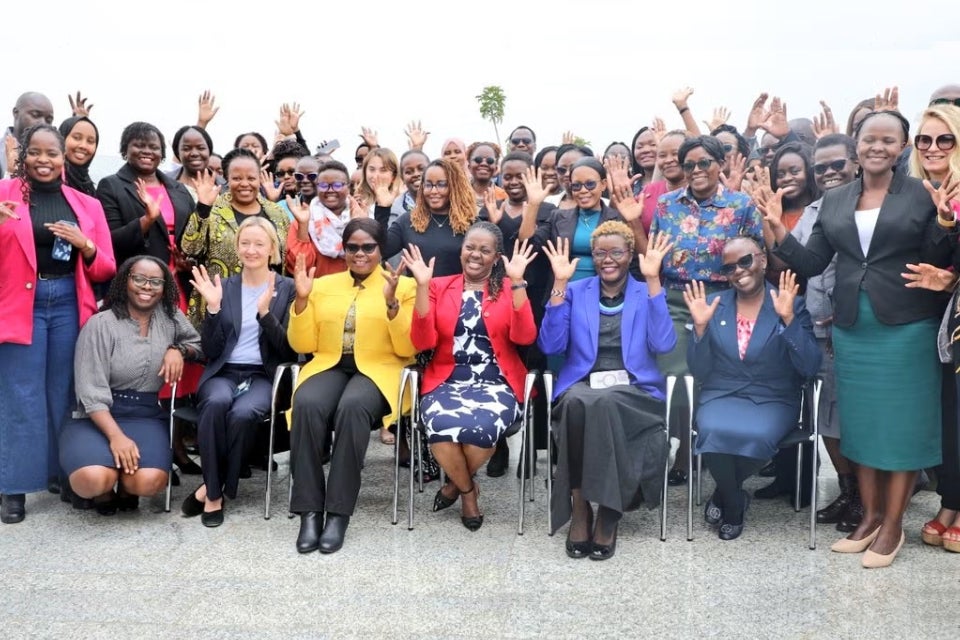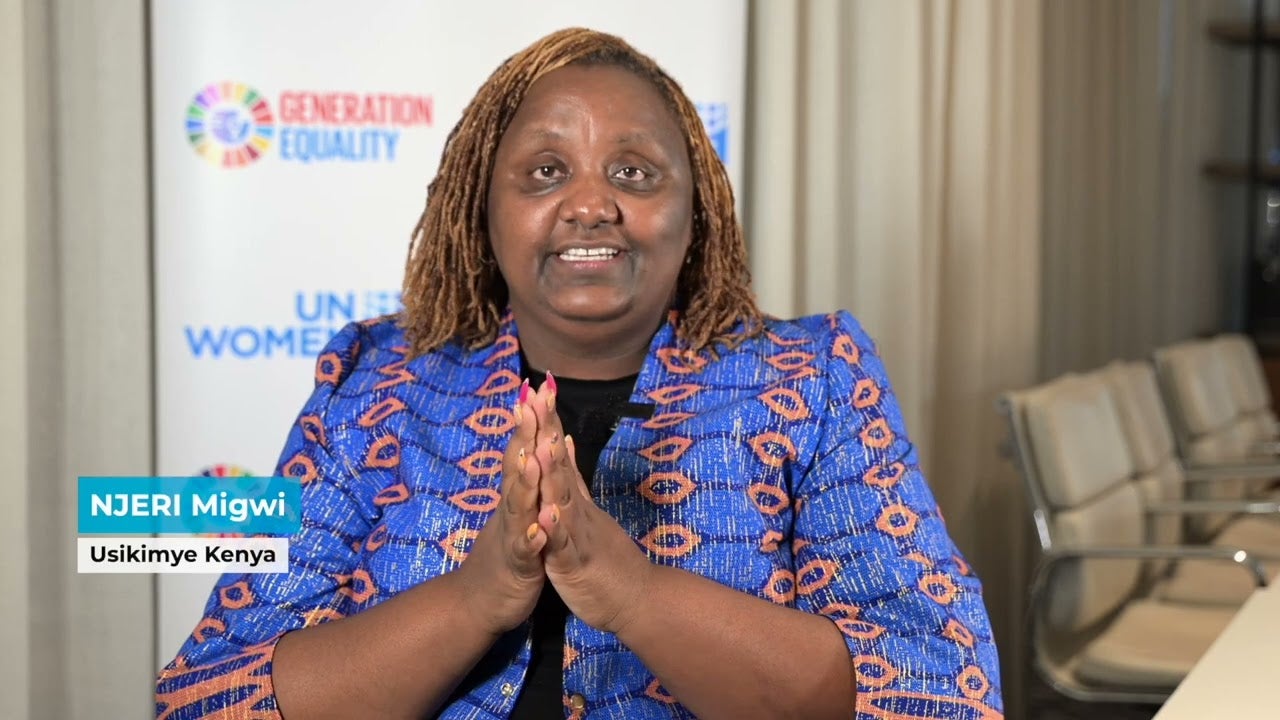Generation Equality in Kenya

Generation Equality is implemented in Kenya through a multi-stakeholder approach involving national, international partners, civil society organizations, youth representatives, the private sector, and government officials. The initiative focuses on localizing its goals by engaging stakeholders at the grassroots level to promote sustainable and impactful outcomes. The Government of Kenya leads by implementing a 12-point plan to end gender-based violence, strengthen data systems, and provide more services for survivors. Kenya has the highest number of global commitments with 103 local organizations driving efforts across the six Action Coalitions, including economic justice, climate justice, and sexual and reproductive health and rights. This involves cross-movement collaboration, long-term dedication of resources, and much concentration on the betterment of conditions for women and girls especially in rural areas, that most affected by climate change.
The Government of Kenya’s commitments
The Government of Kenya actively engages in Generation Equality by leading the Action Coalition on Gender-Based Violence. It has implemented a 12-action to address gender-based violence at both the national and county levels. The GE Forum was launched in 2021, in Paris where Kenya made 12 concrete commitments to end all forms of GBV and FGM by 2026.
1. Full implementation of GBV laws and policies by adopting a GBV indicator in the government performance contracting framework, to track duty-bearers accountability on enforcement and implementation of GBV laws and policies by 2022.
2. Invest USD 23 million for GBV prevention and response by 2022 and increase resource allocation to USD 50 million by 2026 through a co-financing model.
3. Ratify and implement the ILO Convention 190 to eliminate Gender Based Violence and harassment in the world by 2026 in close partnership with the private sector.
4. Introduce a module on GBV in the 2022 Kenya Demographic Health Survey (KDHS), to strengthen the utilization of gender statistics in informing the design, scale-up, and evaluation of FGM and GBV programming.
5. Develop a GBV Management and Information System (GBVIMS) by 2022 to strengthen GBV prevention and response programming.
6. Invest Kshs.100 million annually for GBV research and innovation to boost evidence-based programming.
7. Integrate GBV services (medical, legal, and psychological support services) into the essential minimum package of Universal Health Coverage (UHC) by 2022.
8. Scale up the National Police Service integrated response to GBV and establish Gender Based Violence Recovery Centers and shelters in all 47 counties.
9. Establish a GBV survivors fund through a co-financing model in partnership with the private sector, civil society, and other stakeholders to empower GBV survivors economically.
10. GBV prevention and response in crises such as the COVID-19 pandemic response, humanitarian contexts, and electoral-related GBV.
11. Strengthen collaboration with non-state actors, including girl-led, women’s rights organizations, male champions, and the private sector, through coordination structures such as gender sector working groups at the national and county levels.
12. Adopt and institutionalize a multi-sectoral GEF Leadership structure to guide the implementation of Kenya’s GEF Commitments in the GBV Action Coalition up to 2026.
Key achievements of Generation Equality in Tanzania
- Increased Visibility and Political Commitment: The Generation Equality Forum received great national attention from the President and signified the government’s commitment to gender equality and the elimination of GBV.
- Resource Allocation: The Kenyan government, through the FY2020/2021 budget, allocated USD 2.79 million to help in the elimination of GBV and FGM. This shows further reinforcement in existing policies and gender-responsive budgeting.
- Multi-Sectoral Approach: An inter-agency program set up in various ministries to improve the coordination and implementation of GBV prevention and response activities.
- COVID-19 National Response Plan: The response shall be contextualized to appropriately face the challenges that the pandemic brings and the increased vulnerability of women and girls to GBV and harmful practices.
- Coordination Framework: Inter-governmental framework has been set outlining responsibilities at both national and county levels to ensure a coordinated response in addressing GBV.
- Evidence Generation: Research studies commissioned by the Office of the President have greatly contributed to the valuable data on trends of GBV to inform evidence-based policy and program commitments.
- Development of Investment Case: An investment case that identifies, prioritizes, and selects high-impact, cost-effective interventions concerning GBV and FGM to ensure accountability within the implementation of the International Conference on Population and Development (ICPD)+25.
- Community Engagement: Efforts have been made to ensure County Gender-Based Violence Recovery Centers are strengthened to provide access to basic services for survivors of violence, and a commitment to systems of holistic support.
Videos



